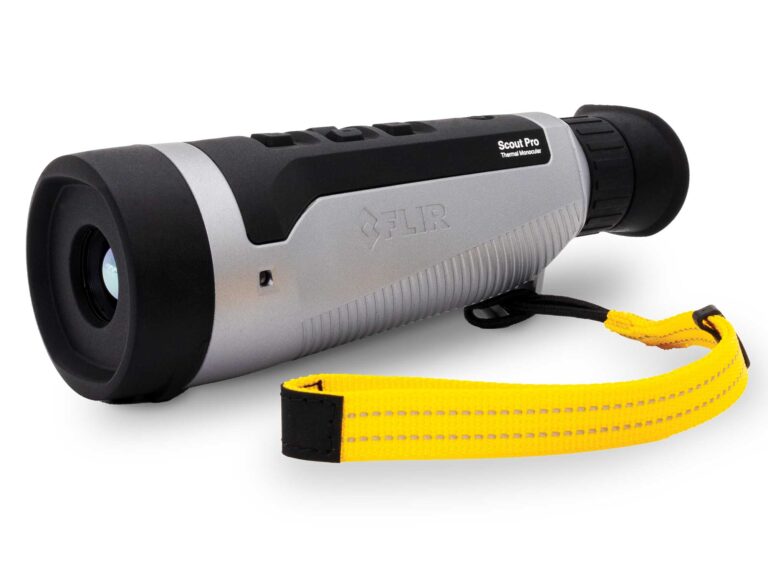
You are a baby boomer if you remember the first bug-spray commercial. It aired in 1960 and featured a lab technician thrusting his arm in a glass chamber of hundreds of mosquitoes. They were on him like stink on skunks. After a spritz of Off, the tech reached in again and the vermin were held at bay.
DEET, an acronym for a chemical name you’ll never remember, was the active ingredient, and today it is still king in keeping mosquitoes, ticks, chiggers and just about any biting bug away. But it is the new millennium, and chemical-conscious people resist applying things to their skin. So 60 years later, has science developed new techniques to keep bugs away? That was our question, and our test was simple. We took each of these devices into buggy territory and made ourselves bait.

Thermacell introduced the first butane-powered personal bug repeller about 10 years ago. A butane cartridge ignites a small, protected heating element that in turn heats a wafer with the secret sauce touted to establish a dome of protection about 10 feet around it. As the wafer is heated, it emits gases that repel bugs. As the wafer depletes, it turns from an indigo blue to a whitish-gray color. Once it’s fully white, replace the wafer. There is also a sight glass to peek in to make sure the butane element is burning.
Tips: Be sure to turn it off when not in use or risk fully consuming the precious butane cartridges, leaving you unprotected.
Results: This and the Backpacker were our go-to gadgets for keeping bugs at bay. It takes about 15 minutes for the repellent to create a protective dome of nearly bug-free bliss.

The success of the Thermacell personal device led the makers to introduce the Backpacker repeller. It uses a similar protected butane-fired element to heat the repellant wafer. It is fueled by a large camp-stove butane tank, giving coverage for days, not hours, which is a primary advantage over the personal device because it provides comparable coverage without changing butane cartridges.
Tips: You will be covering the campsite with this gadget, so take plenty of replacement wafers. One tank should offer protection for several days.
Results: The Backpacker’s larger fuel source is a great benefit. We had comparably good results with it, enjoyed the ability to burn it longer and weren’t as concerned about shutting it off when we went inside.

Don’t spray Permethrin on your skin. Spray it on your clothes. One bottle is designed to saturate a pair of pants, a shirt and socks with a bug-repellent compound that’s proven over decades to repel insects. Dampen the clothes with the spray and then seal them in a clear bag or other container to warm and dry in the sun, locking in the repellent factor. Permethrin is a synthetic chemical that acts like extracts from chrysanthemums and is so successful, clothing companies like ExOfficio use it on some apparel.
Tips: If you are going into heavy insect country, by all means treat at least one set of clothes with this chemical and keep it on you. This is especially true of tick and chigger country.
Results: It worked. Insects stayed away when wearing just a bandanna treated with the stuff. In forays into tick country, not a single creature found a hold.

DEET, or diethyl-meta-toluamide, is the military-grade gold standard for insect repellent. However, many boating enthusiasts are not comfortable using the chemical concoction and opt for a recipe like this one that uses fine essential oils including citronella oil, cedar oil, lemon-grass oil and coconut oil. No Natz also offers a specialized mosquito repellent which we didn’t test. It’s made in the U.S. by avid outdoorsmen who frequent marshes and woods. It is also pet-friendly.
Tips: We often got the best results by combining repellent options like the Decoshield or Bug Bam aromatics.
Results: In our tests, we got mixed results. It and other essential-oil repellents were the go-to choice of the women in our tests, but our male tester preferred DEET.









